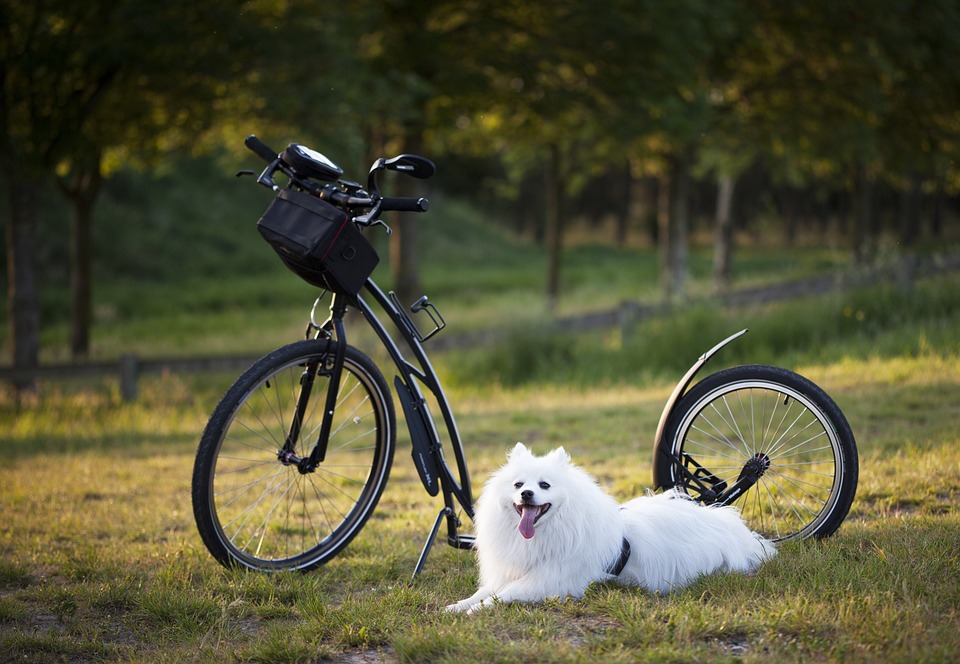How to Avoid Small Dog Syndrome
Small dog syndrome can be seen as a case of mistaken identity, in some ways. It comes about because the small dog has been made to feel like he is the pack leader of the house, instead of the owner, and then presents itself through displays of dominance. Your small dog may excessively bark, bite, growl, or guard his toys/treats/food.
If your small dog displays these behaviors there is a good chance he/she views him/herself as the leader. Here we will look at the difference between small and big dogs, what leads to small dog syndrome, and how we can avoid it.
Small Dog/Big Dog
First, think about an eighty-pound Labrador. Whenever you have guests over your lab likes to jump and put his front paws on them. You know that this might hurt your friend, so you make the dog get down and you set to work training him not to jump on people.
Now think of an eight-pound bichon. Again, you have guests over, and this time your bichon is putting his front paws on your guests. Now it might seem cute and you and your guests might think that it is just your dog showing affection. Plus, it is a small dog, so it does not hurt, right?
The fact is that (besides the size of the dog) there is no difference between these two scenarios. For dogs, jumping and putting their front paws on a person is a sign of dominance and they are showing the person that they are the ones in charge.
When a large dog does it we immediately make them stop and train them to avoid this behavior. At the same time, we are asserting ourselves as the pack leader. On the other hand, we will let the little bichon get away with this because it is “cute.” Unfortunately, we are (unknowingly) letting the dog believe that he is the leader of the pack.
This idea plays itself out in many other situations as well. If we think about the behaviors we correct in large dogs and let small dogs get away with we will see that there is a trend. For instance, if you are sitting in a chair watching television you may let your little dog jump up and sit in your lap with you.
There is nothing wrong with this if you invite your dog up or physically pick him/her up and put them in your lap. On the other hand, if you notice that your dog makes a habit of jumping up into your lap without being invited, this would be another sign of dominance. While we may see it as cute or loving, it is a gesture that suggests that the dog is “claiming” you as a pack follower.
The Bottom Line
There are many behaviors we will not let large dogs get away with. Generally, we do not let them get away with it simply because they are large. No one wants a big dog jumping on them or trying to sit on their lap while watching TV. These behaviors are signs of dominance, so as we train larger dogs not to do these things we are also teaching them that we are the leader of the pack.
These practices need to be carried over to small dogs as well. Most of the time what we think of as “cute” is a sign of dominance that we would not accept from a larger dog because of their size. Ignoring these behaviors and letting them continue will lead to larger issues later on. Issues such as separation anxiety are very serious with small dogs (since they see you as the pack follower they do not think you should be able to leave them – the leader).
The best way to avoid small dog syndrome from the beginning is to treat them as big dogs. If you would not allow a large dog to do something, don’t allow your small dog to do it. Many times it is an attempt to assert dominance, and you will avoid many problems in the future.




